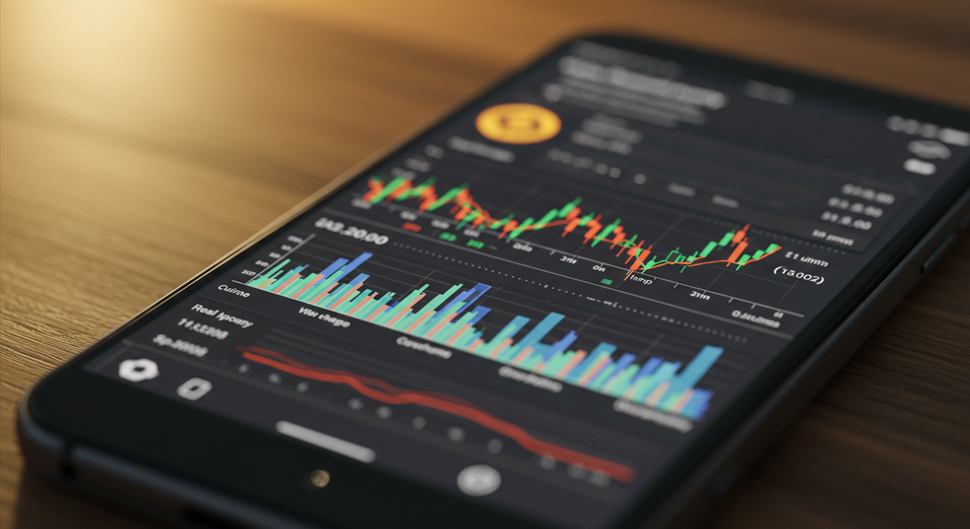On the Google Jagger Algo Update – Part 1
Search Engine Optimization Nov 16, 2005

Significant update to Google’s ranking algorithm – changing how the search engine orders search results.
Significant update to Google’s ranking algorithm – Google does minor algorithm updates almost on a monthly basis. Occasionally, it implements a significant algorithm update.
If there is one thing search engine marketers and website owners fear, it’s a significant algorithm update, especially from Google. Well, much as we may like it not to happen, it’s here. Google has recently done a significant algorithm update, nicknamed the “Jagger” update series.
The last major Google algorithm update, called the Florida update, happened in November 2003 and created quite a stir with website rankings.
Like the Florida update, the Jagger update has done the much-feared “blender” act. It has churned the top-ranking websites and turned them into a list of unrecognizable pulp.
Google has been the favorite among web users for searching information. Most feel that the search results have always been highly relevant. It would therefore be safe to assume that whatever algorithm Google has works just fine.
So, why does Google need to re-engineer its seemingly perfect algorithm drastically? Has it not heard the saying “if it works, don’t fix it”?
Beating the spammers
From Google’s standpoint, the reason is valid and straightforward. Well, for starters, the web is ever-evolving, and the algorithm always needs to be adjusted in order to provide the best results. Google has engineered an algorithm that it believes will reward good sites and rank them well for its viewers.
Google, like most other search engines, keeps this algorithm a closely guarded secret to prevent it from being exploited.
However, the SEO community is constantly working to improve their site’s ranking. Using calculated guesswork, logical thinking, special tests, and extensive trial-and-error methods, they gradually figure out what the algorithm likes and dislikes.
Armed with this knowledge, it is not difficult to work on websites to rank them high in SERP (Search Engine Result Pages), irrespective of whether the site deserves to rank at the top or not. This kind of algorithm abuse results in ‘less than desirable’ websites displacing good sites from the top ranks, contaminating the Google index.
Consequently, following the Kaizen philosophy, Google needs to re-engineer its algorithms to keep what it believes are bad sites out of its top ranks.
Naturally, major algorithm updates upset the current high-ranking websites, sending many SEO professionals back to their workbenches to start all over again.
What is interesting to note is the timing of the algorithm update. When Google updated its algorithm in November 2003, website owners made large-scale allegations that Google intentionally altered the rankings of popular websites just before the Christmas shopping season, forcing them to buy Google AdWords paid advertising to maintain visitor traffic.
While Google claims that the AdWords team does not influence algorithm update decisions, it is difficult to understand why they would choose a critical timing, just before the Christmas shopping season, to update their algorithm again.
The stakes are very high, and this is business after all. Google earned $1.57 billion in the third quarter of 2005. If the 2003 pre-Christmas algorithm update effect is any indication, I estimate that Google would record revenues of over $2.05 billion in Q4 of 2005.
The Jagger 1 update pre-shocks actually started with a series of backlink updates that began in September 2005 and continued into mid-October 2005.
In mid-October, Google updated its PageRank database for public view. Usually updated once a quarter, the PR update always creates a stir.
While most SEO professionals downplay the importance of PR in ranking, the legacy of its significance is so deeply ingrained in the minds of most webmasters that it is difficult to dismiss it as an insignificant ranking factor.
[PageRank is Google’s measure of the “popularity” of a web page, based on the number and quality of incoming links. The Editor.]
It is believed that the second phase of the Jagger update — Jagger 2 — is now complete and has been replicated to all Google data centers. However, you may still notice some fluctuations in the rankings as things stabilize for each update.
We are now at the threshold of the third phase of the Jagger update, which is expected to initiate sometime in the second week of November 2005.
From what we have studied so far, Google has re-engineered several aspects of its algorithm. Amongst other elements, we will know as things roll out, we believe it has altered the impact of the following:
1. Value of incoming links
2. Value of anchor text in incoming links
3. Content on a page of incoming links
4. Keyword repetitions in anchor text
5. Age of the incoming links
6. Nature of sites linking to you
7. Directory links
8. Speed and volume of incoming links created
9. Value of reciprocal links
10. Impact of outbound links/links page on your website
11. Sandbox effect/age of your site, domain registration date
12. Size of your site’s content
13. Addition and frequency of fresh content updates
14. Canonical / sub-domains, sub-sub-domains
15. Multiple domains on the exact IP numbers
16. Duplicate content on the same site or multiple domains
17. Over-optimization, excessive text markup
18. Irrational use of CSS
# Significant update to Google’s ranking algorithm
There is a delicate balance and interdependence of all these parameters that can help restore your ranks once the Jagger 3 update is completed.
About the Author: Atul Gupta is the founder and CEO of RedAlkemi.com (formerly known as SEOrank.com & PugmarksDesign.com), an internet marketing, e-commerce, graphic design, web & software development services company.